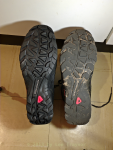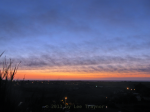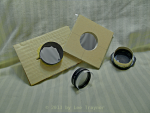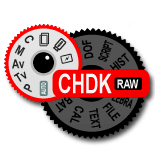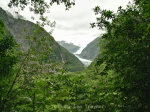Ah, boots! Can’t do anything without ’em, can’t do anything with ’em.
A long time ago I had an old pair of hiking boots that were well past their prime and I seemed to have gained a couple of blisters from them and lost a couple of toenails in return on their last journey. A mate of mine, Chris Thompson, on hearing of my mishap, had bought a pair of boots that were too small for him, but he reckoned they might be OK for me, so in the style of we’re all one big family, he made me a present of them, when it turned out that they were a good fit. Continue reading

